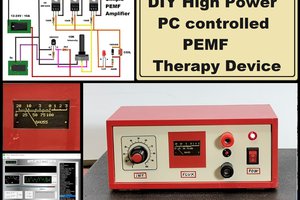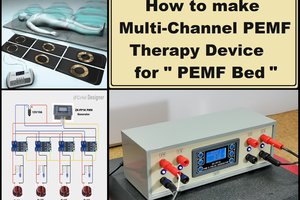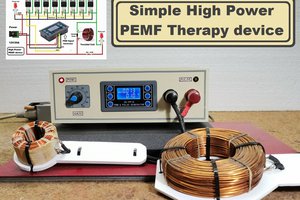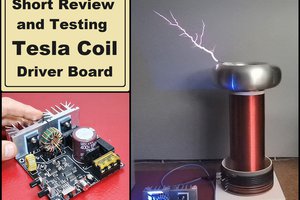A Solid State Tesla Coil (SSTC) is a type of Tesla coil that uses solid-state electronic components to generate high-voltage, high-frequency alternating current electricity. The use of modern semiconducting elements makes it possible to make such miniature and efficient devices. In this video I will present you a miniature Tesla Coil that can be purchased online for a price of several tens of dollars. The shipment contains a Tesla Coil module, a 48V/2A switching power supply, a needle through which the spark exits, as well as two tines and metal tweezers for presentation.
First, about the physical dimensions of the device. They are 9 by 9 by 3 centimeters and in that space all the electronics are placed together with the aluminum cooler. Even at first glance, it is noticeable that the device is solidly made. The case is made of transparent plexiglass, so we can look inside without disassembling it. On the main PCB the several component assemblies can be easily seen.
The driver part is composed of several powerful SMD mosfets (two irfp and one irfp) which are mounted on a relatively massive aluminum heatsink.
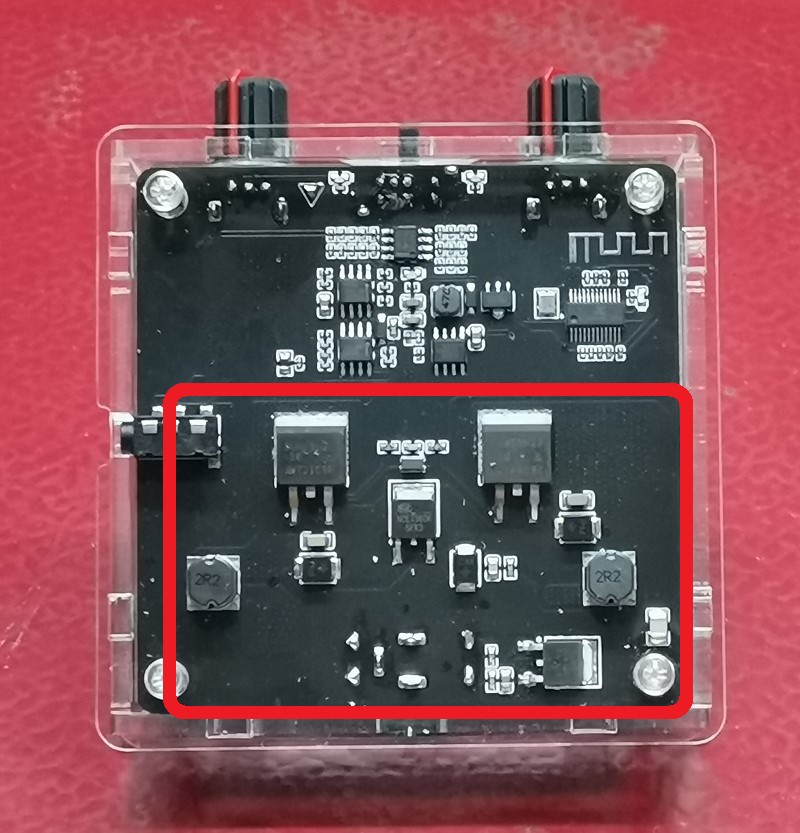
The other part represents an interrupter plus an audio modulator consisting of two NE555 integrated circuits, then an LM339 comparator, and XL7005 Buck-Step down converter
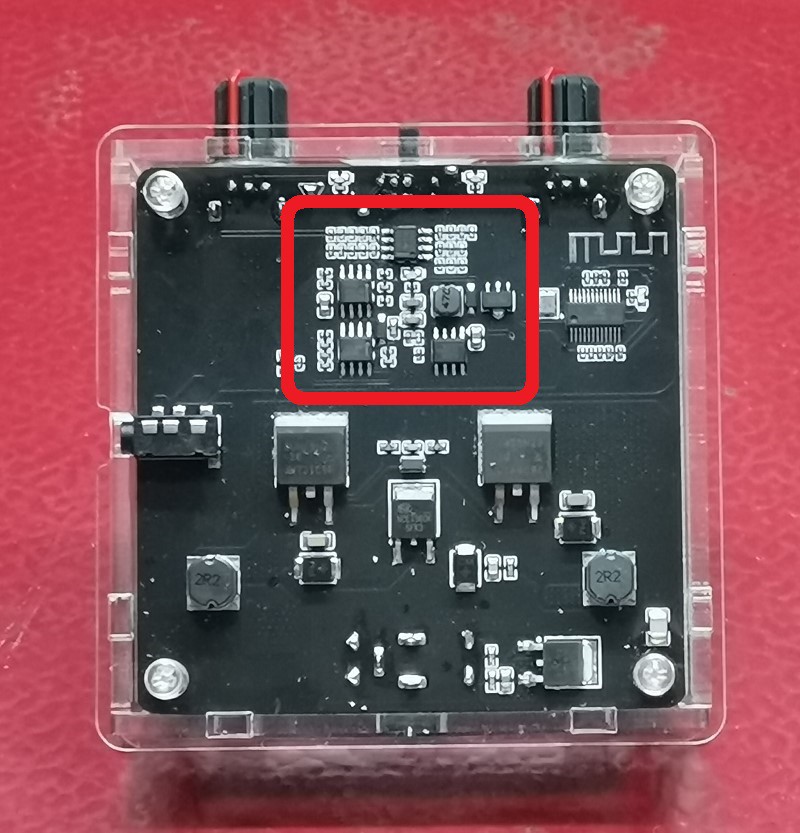
And this is a Bluetooth audio receiver for wireless, as well as an input audio jack for wired audio communication.
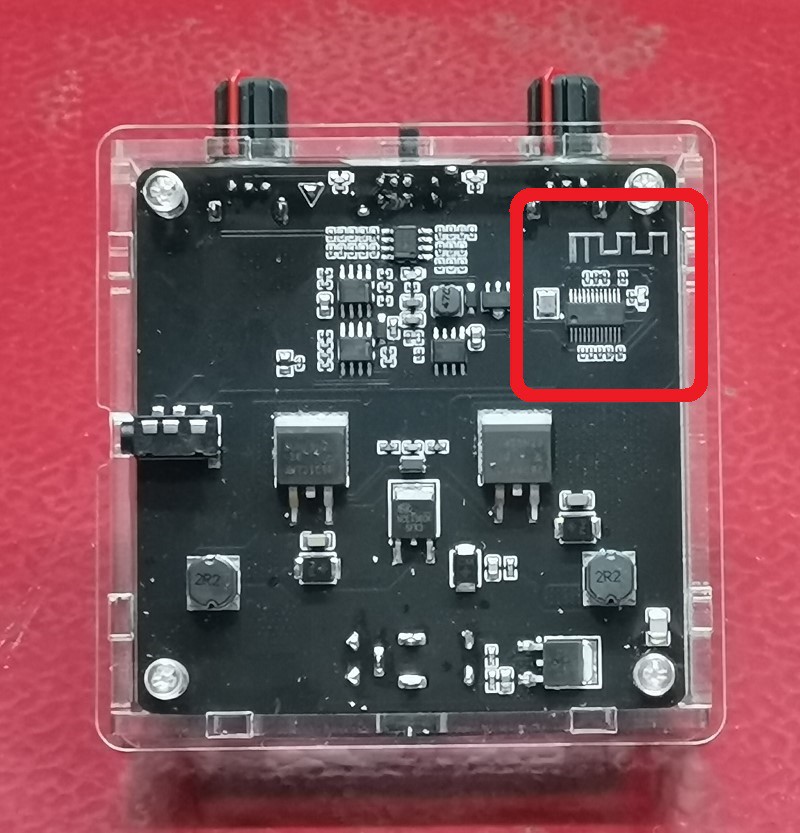
On either side of the power jack are two large electrolytic capacitors that provide enough power during short bursts of power.
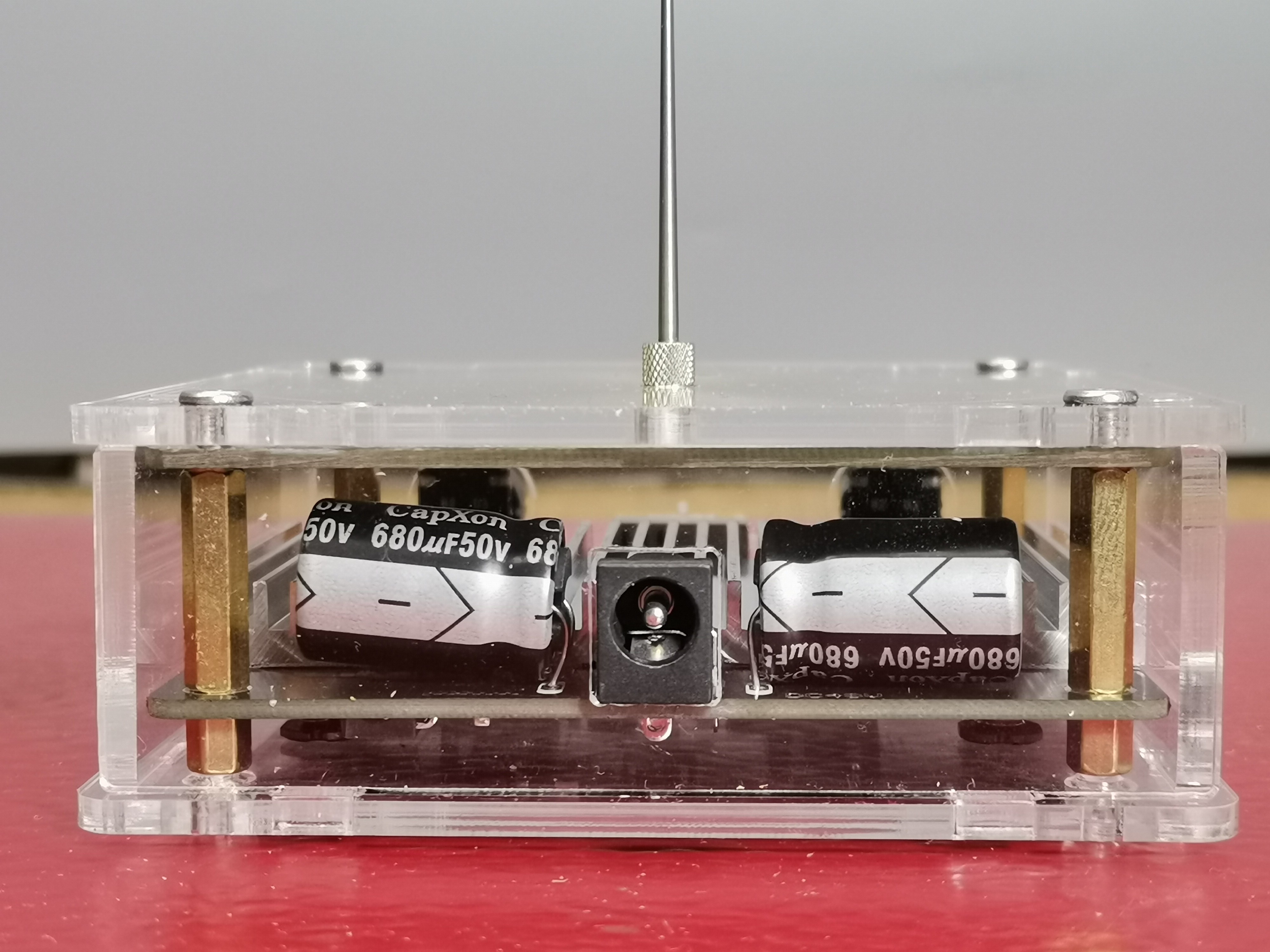
On the front there are two potentiometers, one for intensity and the other for controlling the frequency of the interrupter, and a switch for selecting standard and audio input mode of operation.
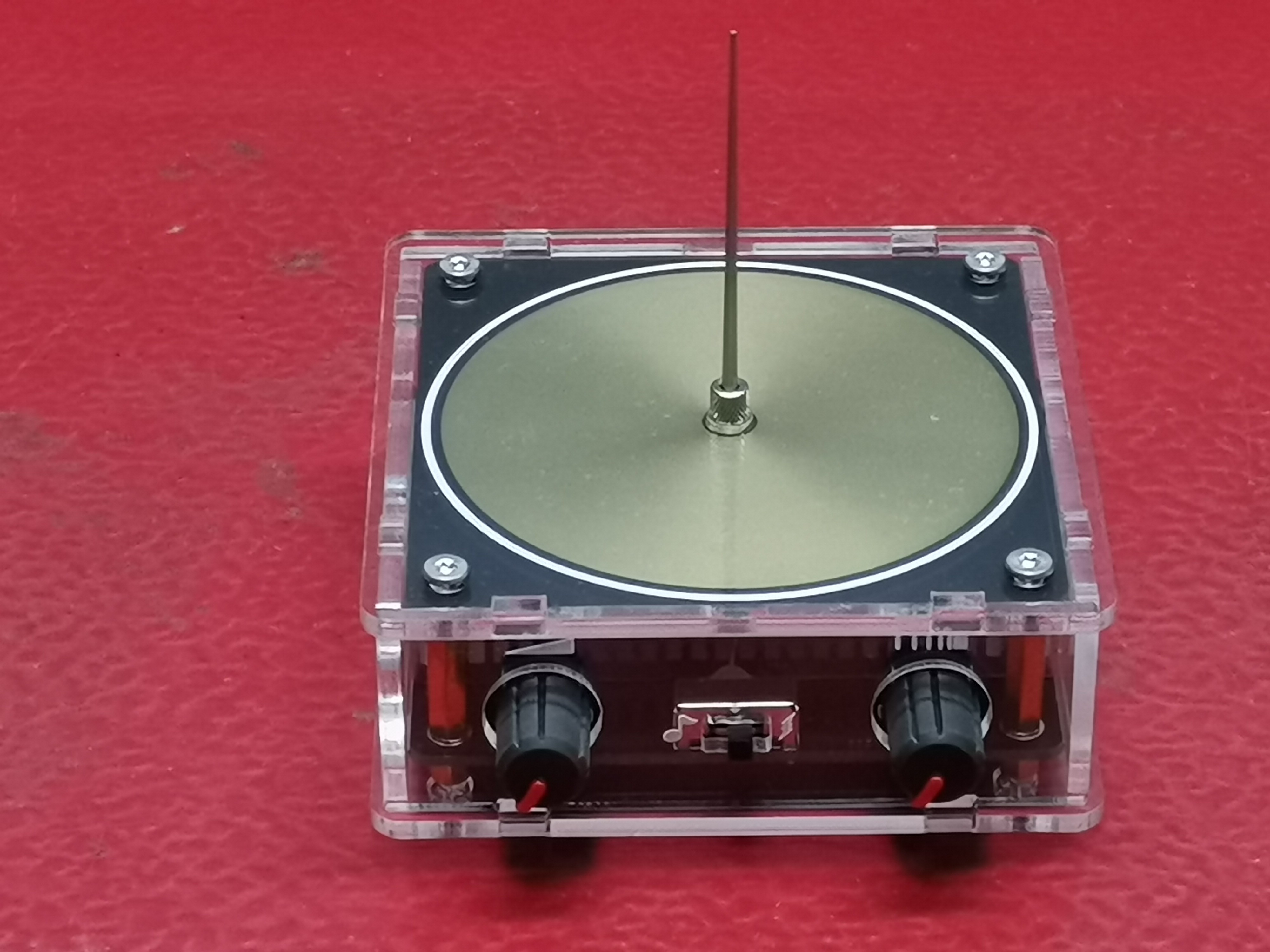
The so-called Pancake coil is visible on the top side, and it is the most innovative and interesting part of this Tesla Coil.
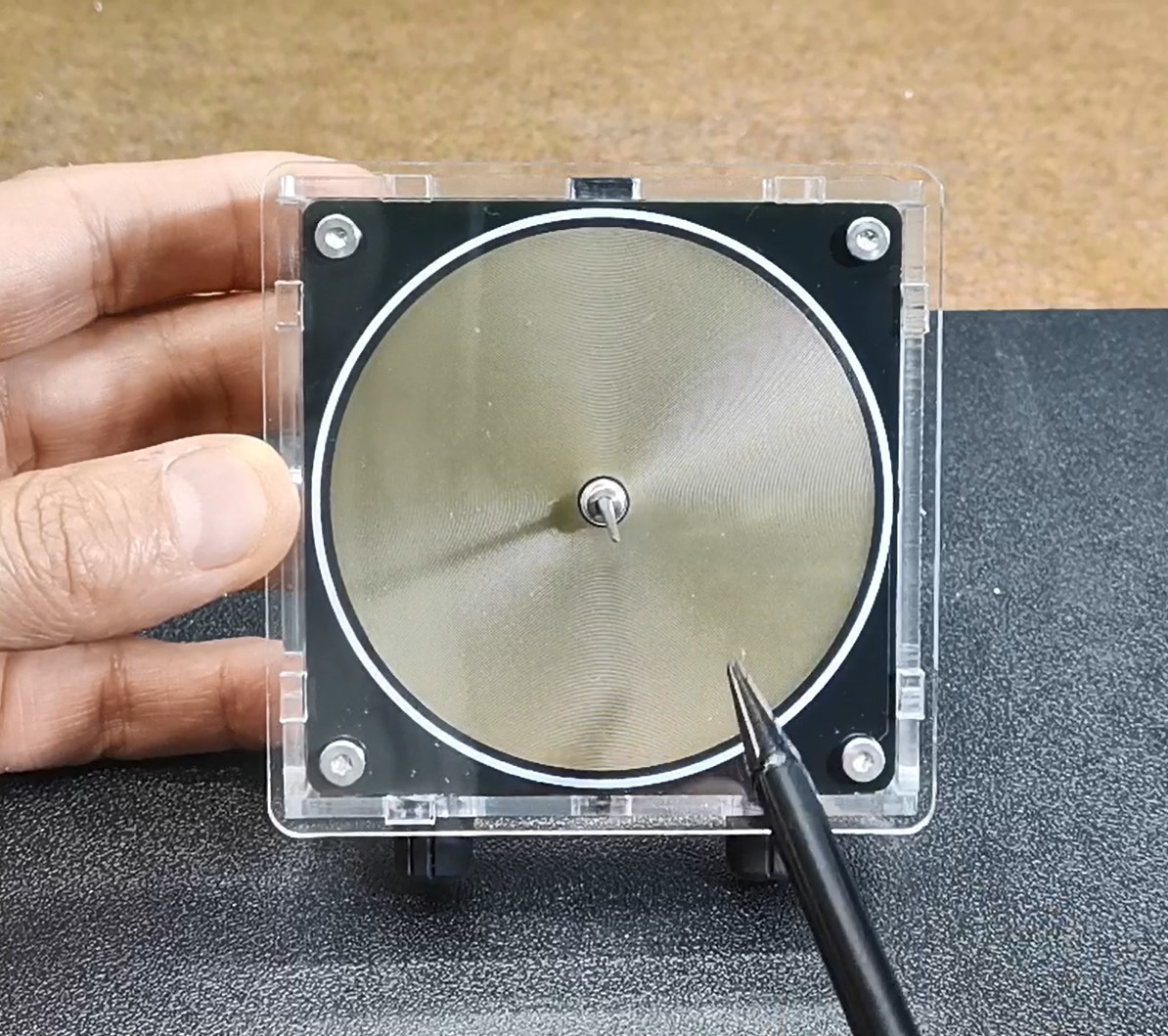
It actually represents a PCB spiral coil with about 150 windings and its calculated resonant frequency is 10MHz. The primary is located on the underside of the PCB and contains one wider winding.
Now let's see how the device works in real conditions
The spark is accompanied by a very loud sound that complements the excellent visual effect. The power is controlled with the left potentiometer, and the discharge frequency with the right. We can place different shapes on the needle to get interesting visual effects. Here's what discharge looks like through a thin circular disc.
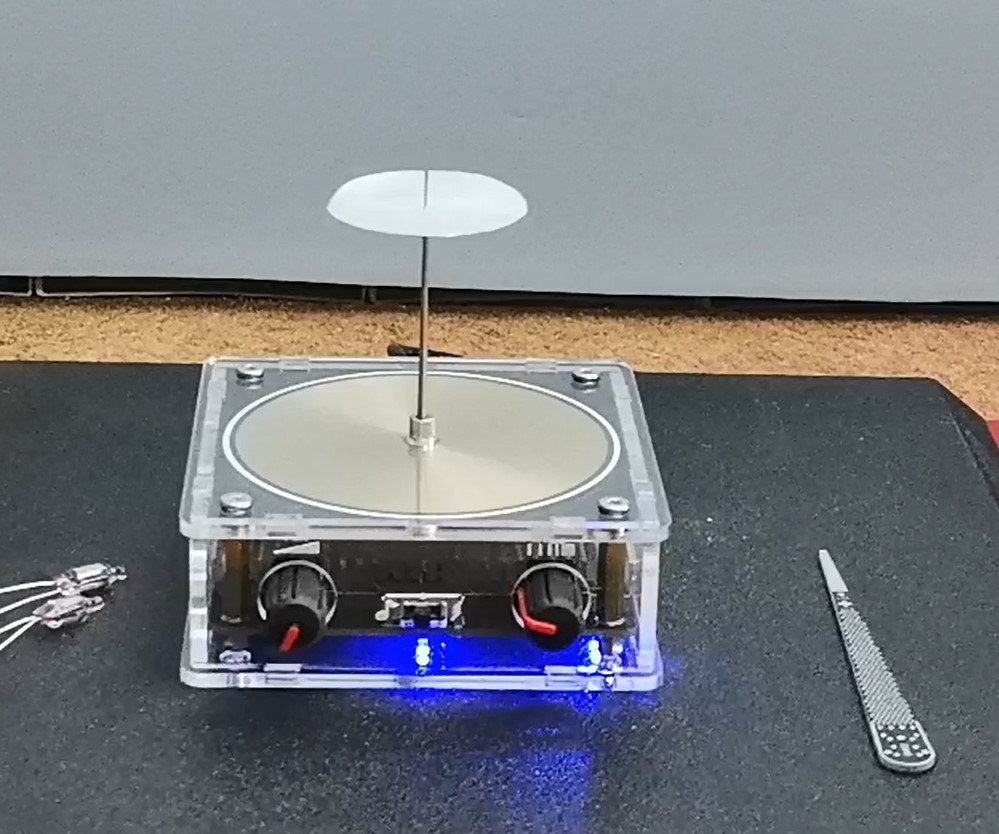
Next let's test the plasma sound option, noting that for proper functioning, we need to bring a so-called rectangular music signal to the input. For this purpose I made a very simple Arduino project that actually generates a melody with this type of signal.
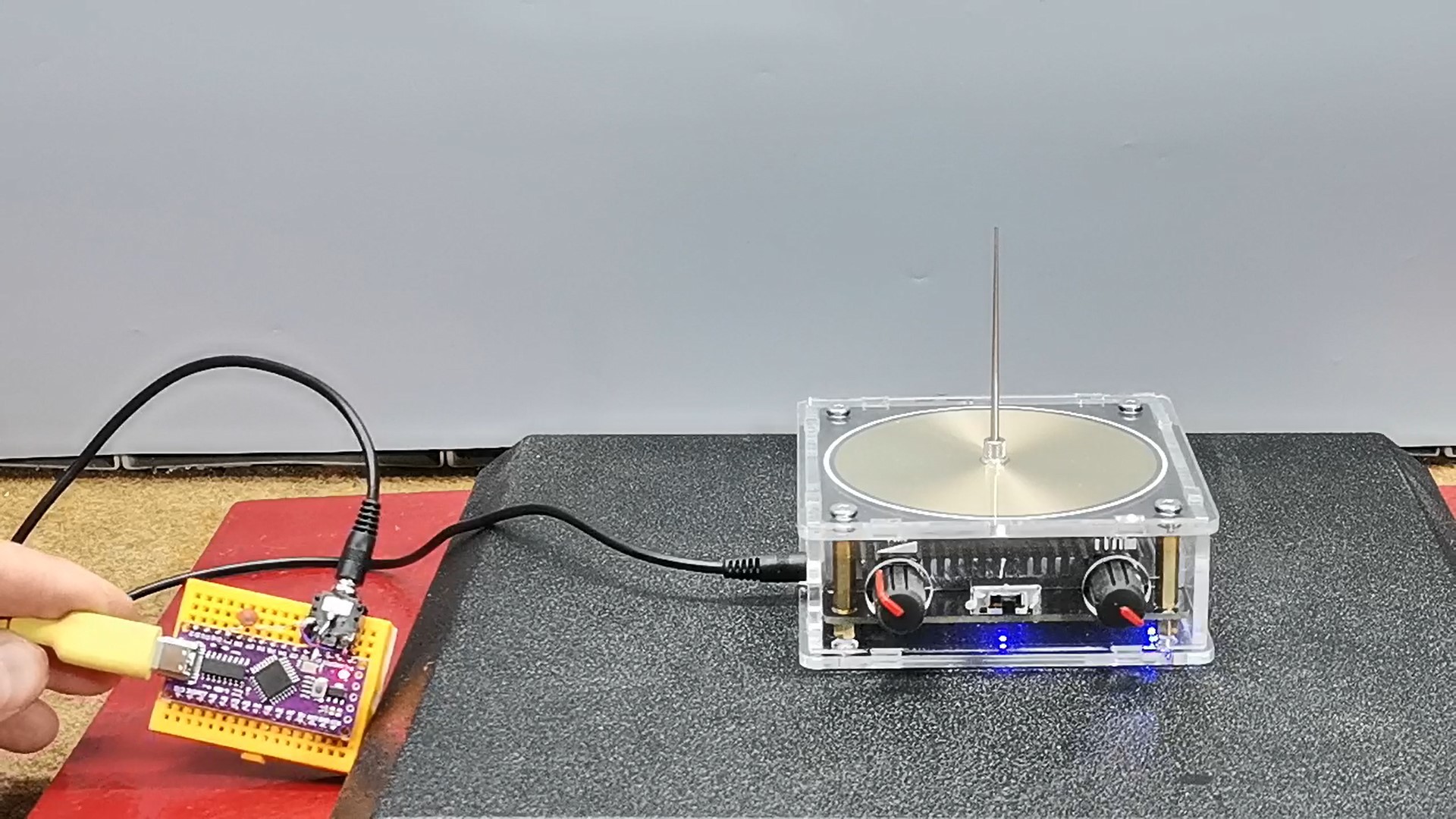
This time we will not dwell on the Arduino project, and the code and scheme are given below in the project.
The sound is intense and clear followed by a scattered spark that changes shape depending on the frequency of the audio signal. We can demonstrate the same thing with a smartphone, for which we first need to pair the Tesla coil bluetooth module with the phone.
The following are some pictures of the operation of this device
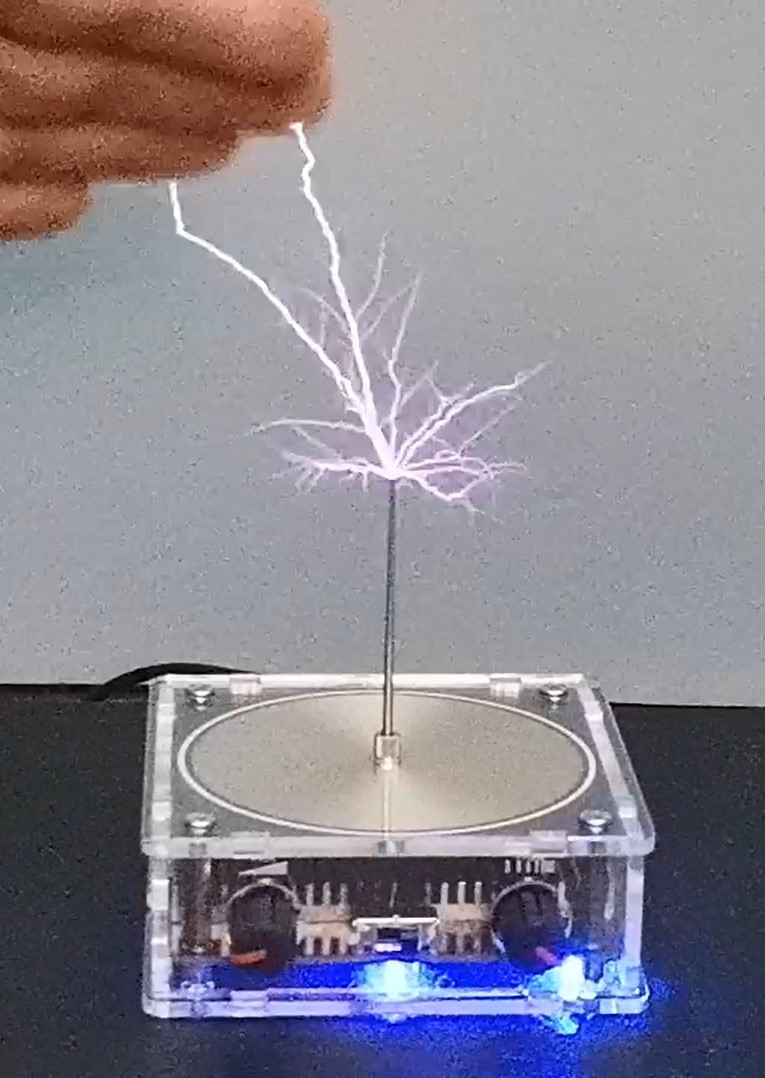
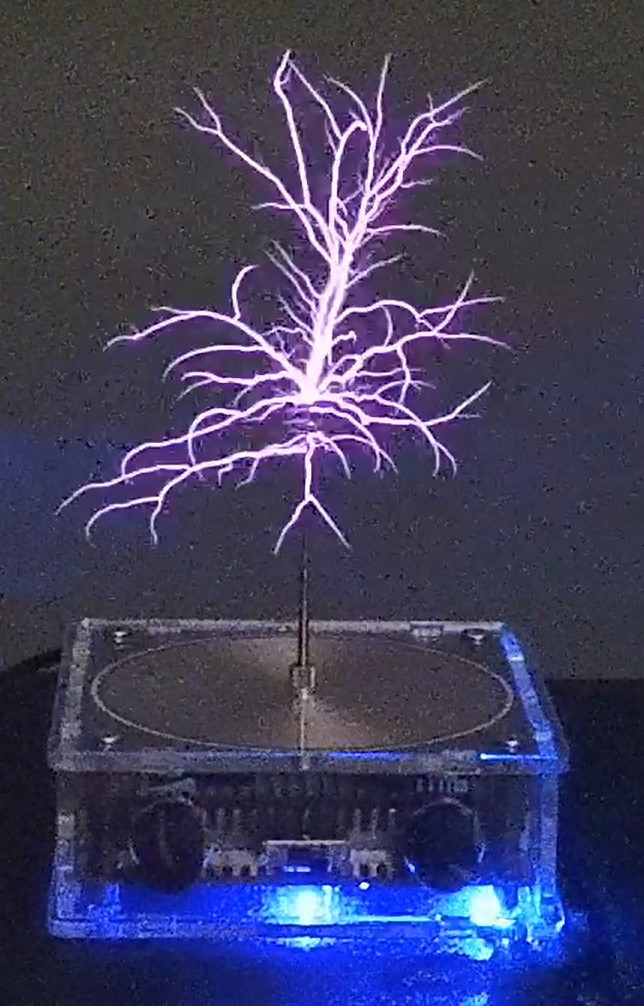
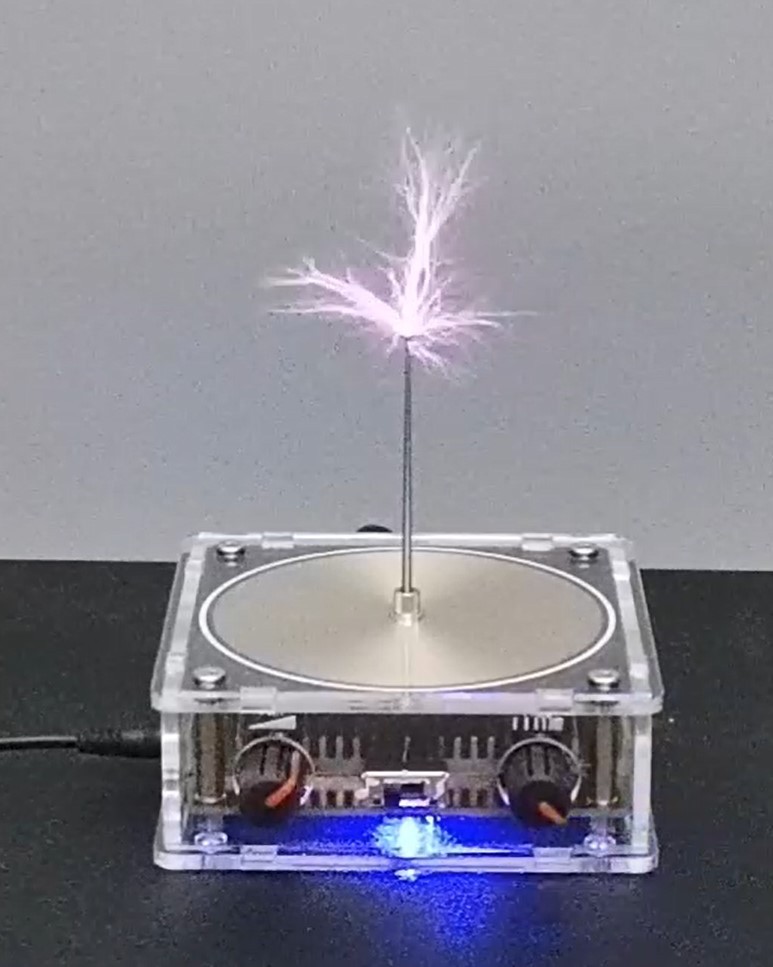
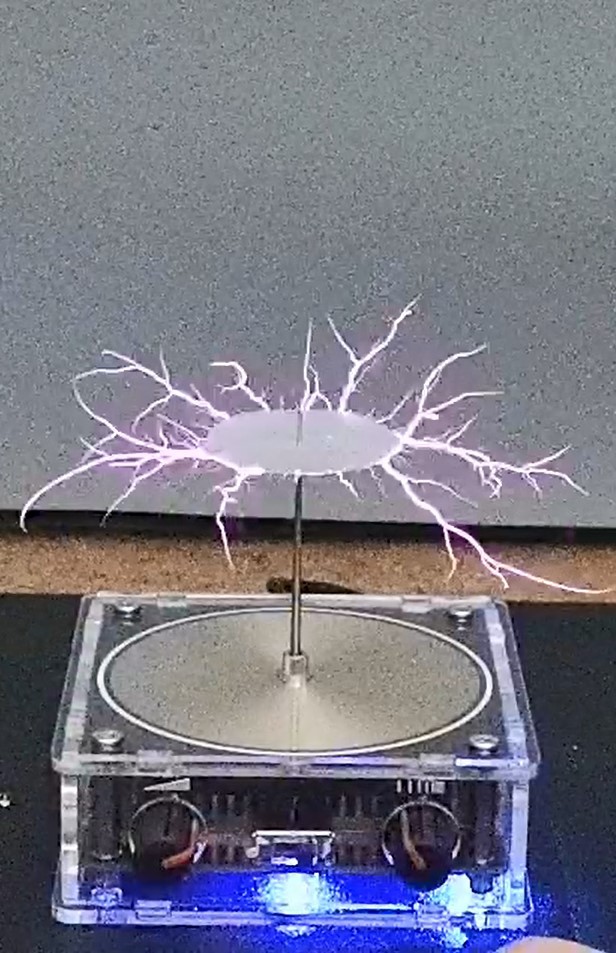
And finally a short conclusion:
Despite the low price for this type of device, the test results are surprisingly good. Consumption is relatively low, the device is adapted for long-term operation, the length of the spark in interrupter mode is almost ten centimeters, and in music mode, regardless of whether via an AUX cable or Bluetooth mode, it works flawlessly, noting that the source music signal should have a rectangular shape. The beautiful visual effect is accompanied by an intense clear sound that even more increases the overall impression.
SAFETY NOTE: Please do not attempt to recreate the experiments shown on this video unless you are familiar with High Voltage Safety Techniques! Direct Current even above 60V maybe...
 mircemk
mircemk